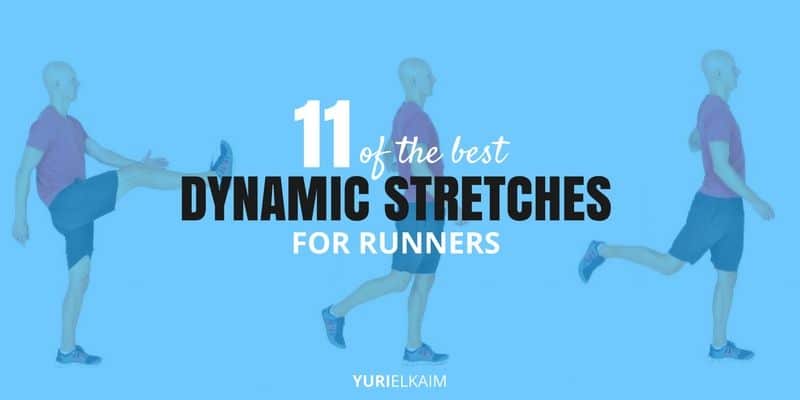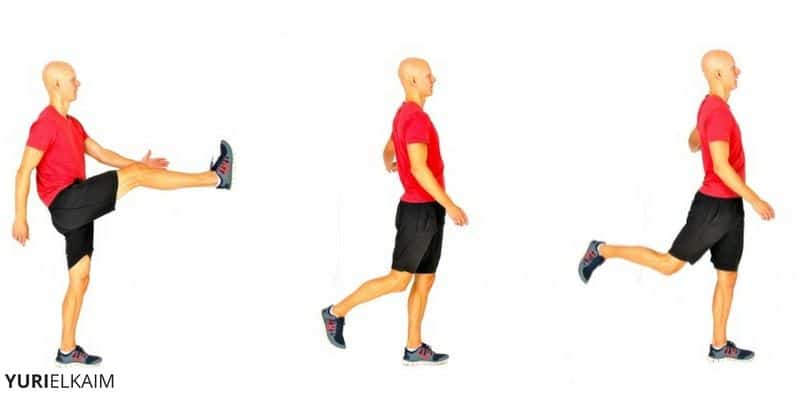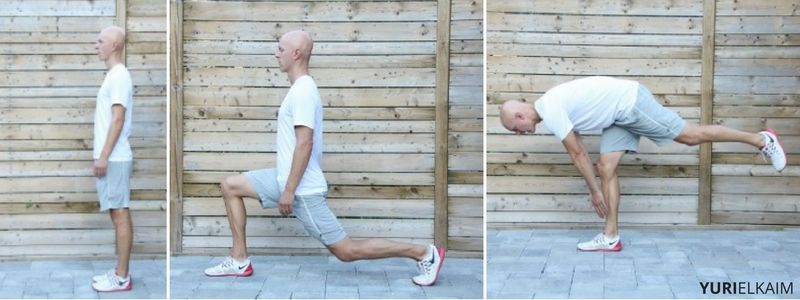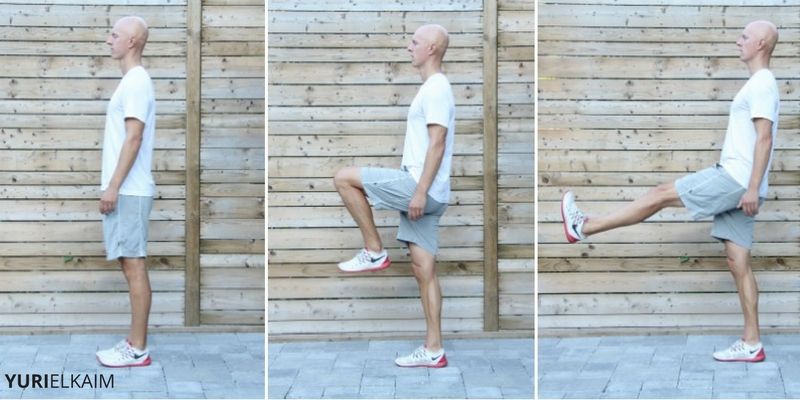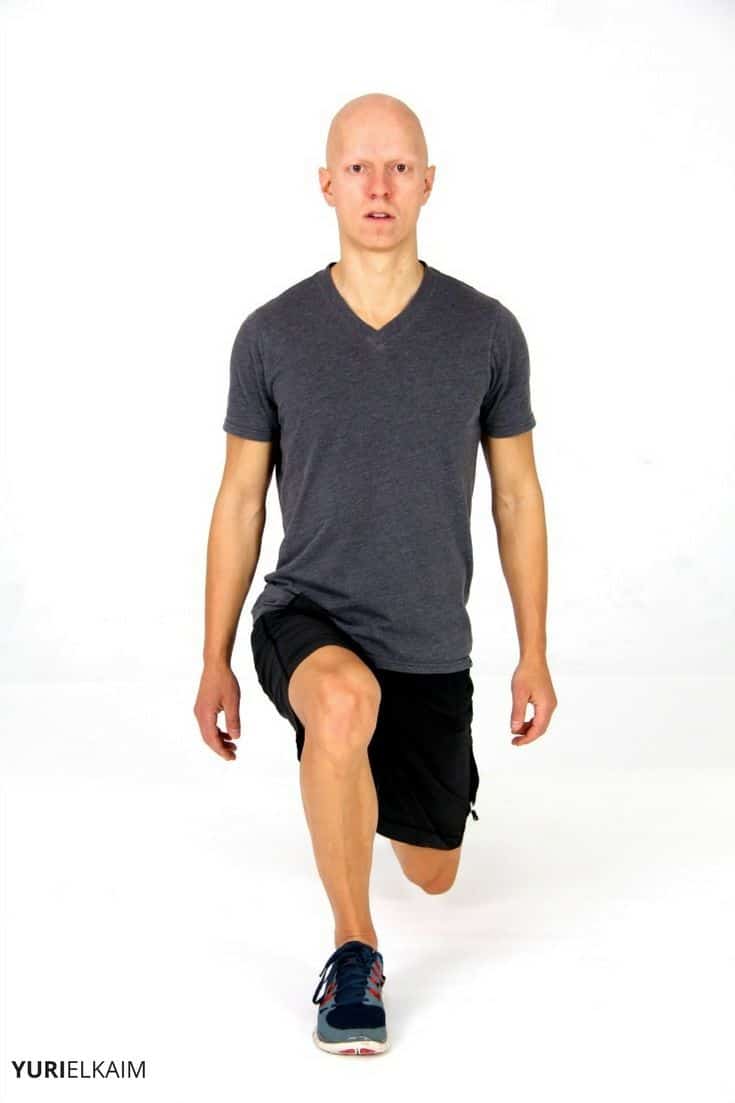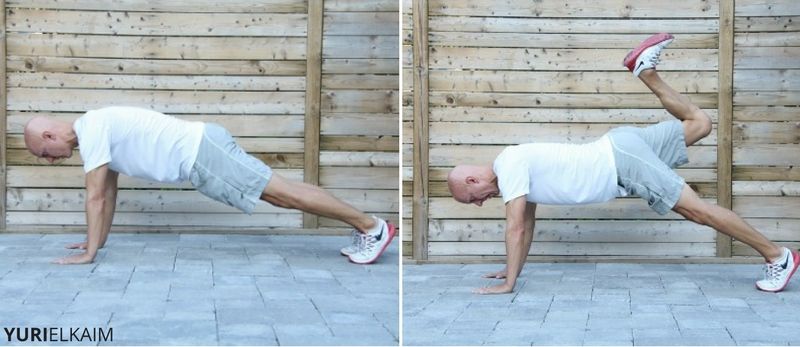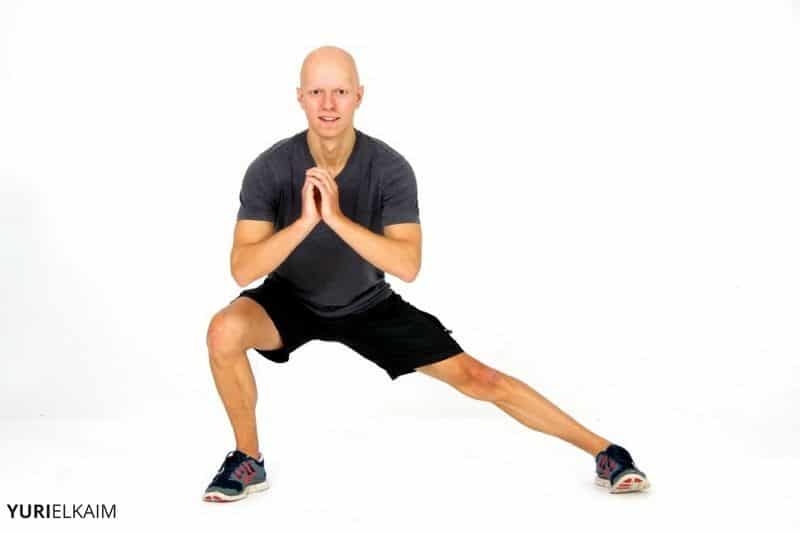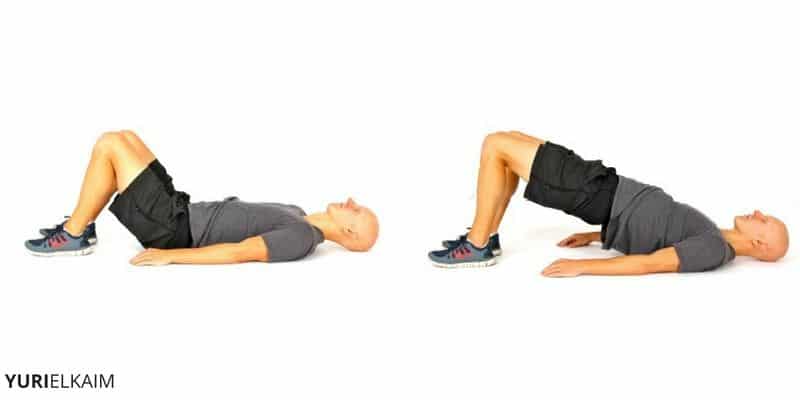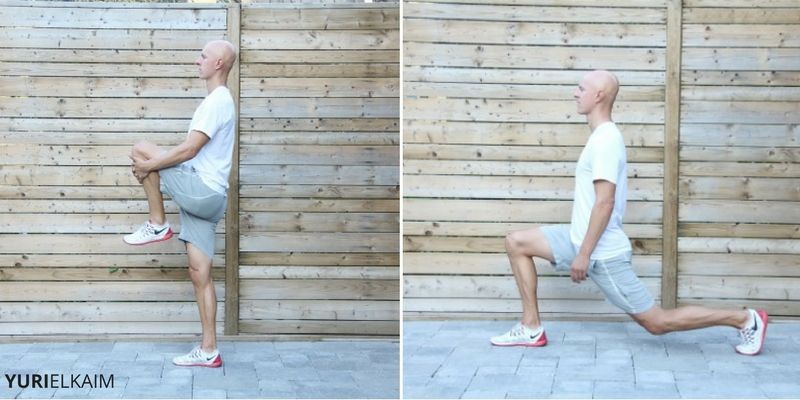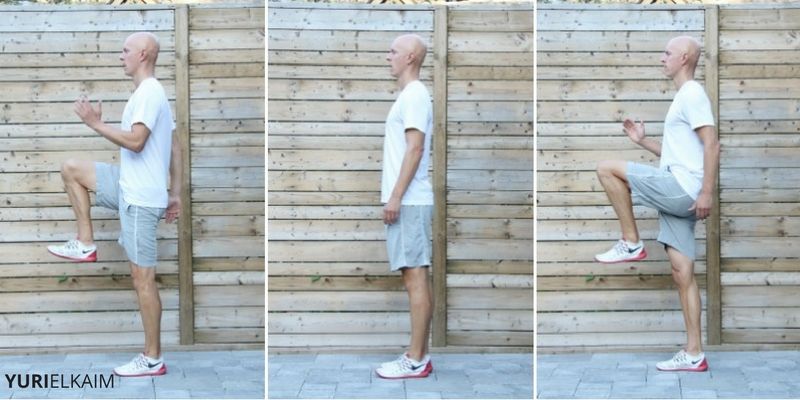In this article
The warm up: for some of us it feels like a waste of time. For others, it’s an integral part of the workout experience.
Either way, most have varying opinions on what exactly a warm up should consist of.
Should we focus solely on stretching our muscles? Or should we simply jog for a few minutes at a slow pace and call it a day?
It turns out the best answer lies somewhere in between.
Dynamic Stretches for Runners
Dynamic stretching involves performing sport-specific movements that prep the muscles we’re going to be using during the workout, in a way that mimics what we’re going to be doing.
Unlike static stretching, dynamic movements aren’t tedious, 30-second stretches working one muscle at a time.
Why are dynamic movements better than static stretches?
For one, Australian researchers found that static stretching doesn’t reduce risk of injury (1). Not only that, but other research has found that static stretching actually reduces running efficiency.
For instance, researchers at Florida State University found that trained distance runners were roughly 5 percent less efficient and covered 3 percent shorter distances when they performed static stretches before their runs (2).
We definitely don’t want to reduce our running efficiency, but we also don’t want to launch into our run cold.
In the same way that you warm up your car during winter to dissolve any frost lingering on engine parts, you should also warm up your body and increase blood flow to areas that are going to be “carrying” you throughout your run.
This is where dynamic stretching shines because it not only increases blood flow, but also range of motion throughout the lower body. Specifically, many dynamic stretches work to increase range of movement through the hip flexors, an area that is typically stiff in most people.
Having this hip and hamstring flexibility is a huge factor in preventing running injuries.
But that’s not all. It can also increase your performance.
For instance, a Wichita University study showed that participants who completed a series of dynamic stretches before vertical jumping showed significant increases in performance compared to static stretching, or no stretching at all (3).
A Japanese study from Hokkaido University also found that participants who did dynamic stretches before leg extension exercises showed significant increases in performance when compared to static stretching, or no stretching at all (4).
As we can see, a pattern of increased performance emerges after dynamic stretching, while static stretching shows negative effects.
Dynamic Stretching Routine for Runners
Below we’ll look at several dynamic stretches for runners that warm up the body and perhaps even increase running efficiency.
1. Leg Swings
Leg swings are perfect for prepping the lower body for any kind of movement, as they both engage and dynamically stretch nearly every leg muscle.
Performing Leg Swings
- Begin standing with one hand on a wall.
- Lift your opposite leg and swing it in front of you, then behind you, like a pendulum. Keep core solidly engaged.
- Swing for 10 to 12 reps, then switch to the other side.
Tip: You can also perform an alternative leg swing facing the wall. Simply swing your leg at an angle across your body, then laterally out behind you.
2. Lunge with Hamstring Stretch
The lunge with hamstring stretch combines two of the best dynamic stretching exercises for runners into one. Here, we stretch the hamstrings, engage the glutes and core, activate the quads, and get our hearts pumping.
Performing the Lunge with Hamstring Stretch
- Begin standing tall, feet together.
- Lunge forward, keeping your feet behind your toes.
- Now, instead of pushing up as you would during a regular lunge, shift your weight forward onto your lunging leg.
- At the same time, raise your opposite leg straight behind you.
- Return to standing, repeating on the opposite side.
- Alternate for 10-12 reps on each leg.
Tip: Be sure to avoid rounding forward with your shoulders as you lunge and bend forward toward the ground. Focus on engaging your core and keeping your spine straight.
3. Plantar Flexor Stretch
The plantar flexor stretch engages the calves and shin muscles, while providing a light stretch for the hip flexors.
Performing the Plantar Flexor Stretch
- Begin standing tall with your feet together.
- Extend one leg straight out in front of you, toe pointed.
- Keeping your leg extended, flex and point your toes.
- Repeat on the other side for 10-12 reps on each leg.
4. Leg Flexor Stretch
The leg flexor stretch warms the quads and hip flexors while also engaging the muscles around the shin and calves.
Performing the Leg Flexor Stretch
- Begin standing tall, feet together.
- Bend one knee at a 90-degree angle in front of you, raising it toward your chest.
- Engage your quads and extend your leg straight out, flexing your foot.
- Repeat on the opposite leg for a total of 10-12 reps on each leg.
5. Front Lunge
Front lunges are great for warming up and stretching the hip flexors, hamstrings, glutes, calves, and quads.
Performing Front Lunges
- Begin standing tall with your feet together.
- Step one foot in front of you and lower into a lunge, begin sure to keep your knee behind you toes at all times.
- Push back through your heel and glutes to a standing position.
- Repeat, alternating legs, for 10-12 reps on each leg.
6. Butt Kicks in Pushup Position
Butt kicks in the pushup position warm up the entire body, engaging the core, glutes, upper body, and lower back while dynamically stretching the hip flexors and hamstrings.
Performing Butt Kicks in Pushup Position
- Begin in a plank position, hands directly under your shoulders and body in a straight line from head to toe.
- Lift your right leg toward the sky and kick your heel toward your glutes.
- Lower and repeat with the left leg.
- Keep alternating legs for 10-12 reps on each leg.
7. Lateral (Side) Lunge
Lateral lunges get blood pumping throughout the hamstrings, glutes, and quads, while also providing a stretch for the inner thighs.
Performing Lateral Lunges
- Begin standing with your feet slightly wider than hip-width apart, feet turned out at a 45-degree angle.
- Lunge to the right over your right leg.
- Return to starting position, pressing up through your heel and engaging your glutes.
- Repeat on the other side and continue alternating legs for 10-12 reps on each leg.
8. Bridge
The bridge will get your glutes and hamstrings firing, while also engaging your core and warming up your lower back.
Performing the Bridge
- Begin lying face-up on the floor, knees bent at a 90-degree angle.
- Keeping your heels on the floor, raise your hips until they are in a straight line with your shoulders and knees.
- Hold hips parallel to the ground for a two-second count, then lower.
- Repeat for 10-12 reps.
9. Knee Hugs with Lunge
Knee hugs stretch and activate the hamstrings, while pairing them with walking lunges stretches the hip flexors and gets our blood pumping.
Performing Knee Hugs
- Begin standing tall. Raise you right knee in toward your chest.
- Grasp your knee and gently pull it further toward your chest. You should feel a deep stretch in your hamstrings.
- Release your knee and lunge forward on the same leg.
- Bring your left leg forward and hug your knee in the same manner.
- Release your left knee and lower into a lunge.
- Repeat for 10-12 reps.
10. Forward March
The forward march loosens the hamstrings while engaging the glutes and quads for a full lower-body dynamic warm up.
Performing the Forward March
- Begin standing tall with your shoulders back. Begin to march forward, bringing one knee in toward your chest at a time.
- Repeat, alternating knees for 10-12 reps on each leg.
11. Calf Raises with Stretch
We can’t forget to give our calves some much-needed warm up attention!
Performing Calf Raises with Stretch
- Begin standing tall with your feet together.
- Raise up to your tip toes, engaging your calves.
- Lower and repeat for 10-12 reps.
- Now, extend one leg behind you, lowering your heel toward the floor until you feel a stretch in your calf.
- Hold for a few seconds, then repeat on the other leg.
*Bonus: Try calf raises with your toes turned outward if they’re still feeling a little stiff.
A Fast, Fun Warmup for the Win
One thing is for sure: putting together a dynamic stretching routine takes a heck of a lot less time than simply static stretching.
Not only that, but it also has the ability to cut down on our run times and even improve our endurance.
To this I say it’s time to bring the warm up back, the right way.
Warm Up, Cool Down
Not only is what you do before your workout important, but what you do afterward also counts.
Your workout recovery plan goes a long way toward boosting your results and keeping you feeling limber and strong.
Learn 11 of the best ways to go from sore to supple with my Workout Recovery guide. You can get it – for FREE! – by clicking the banner below.

